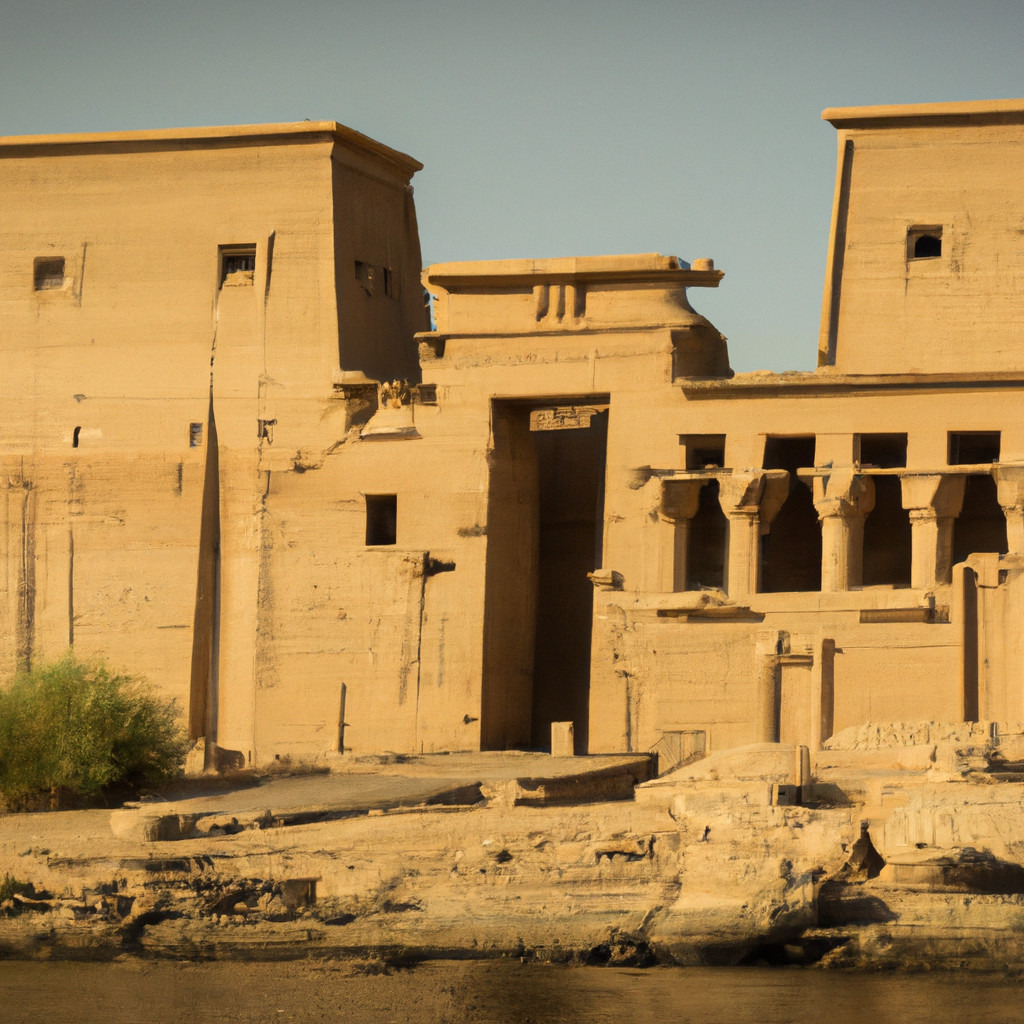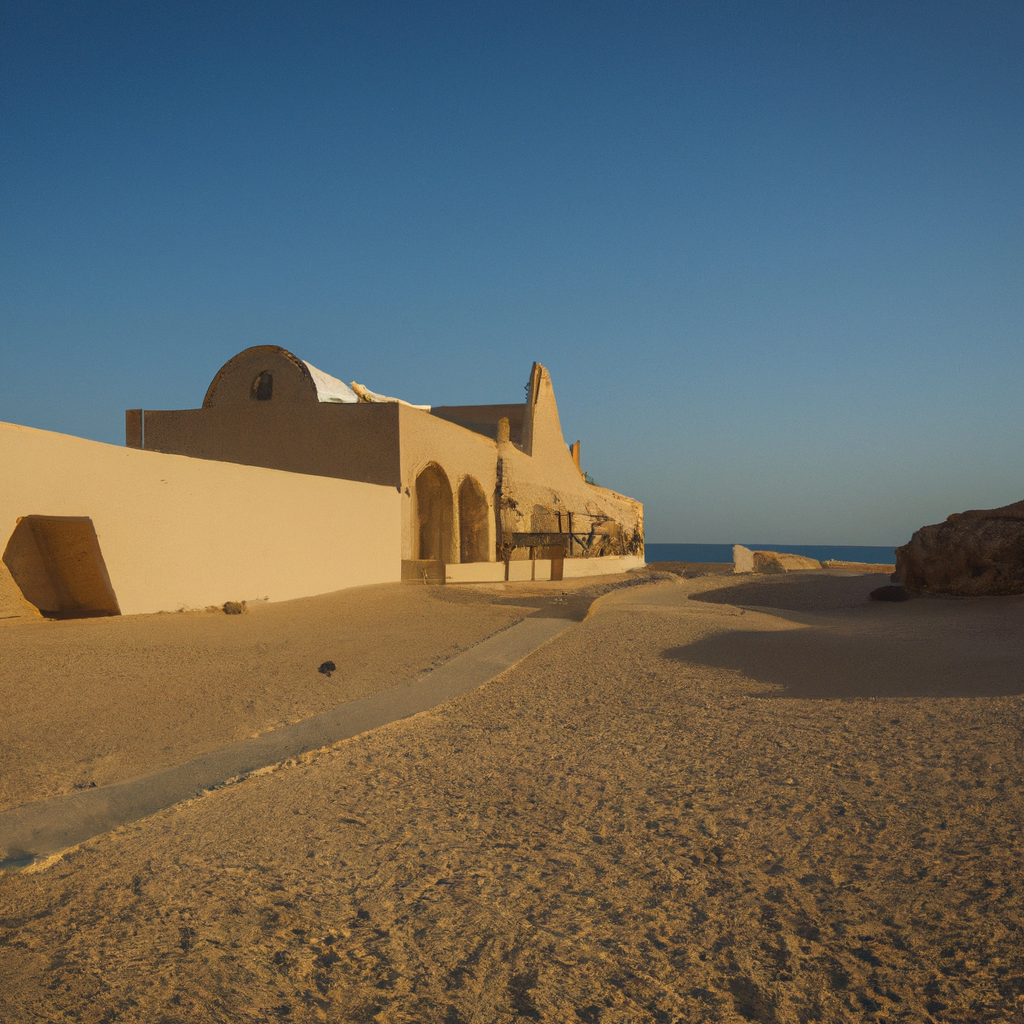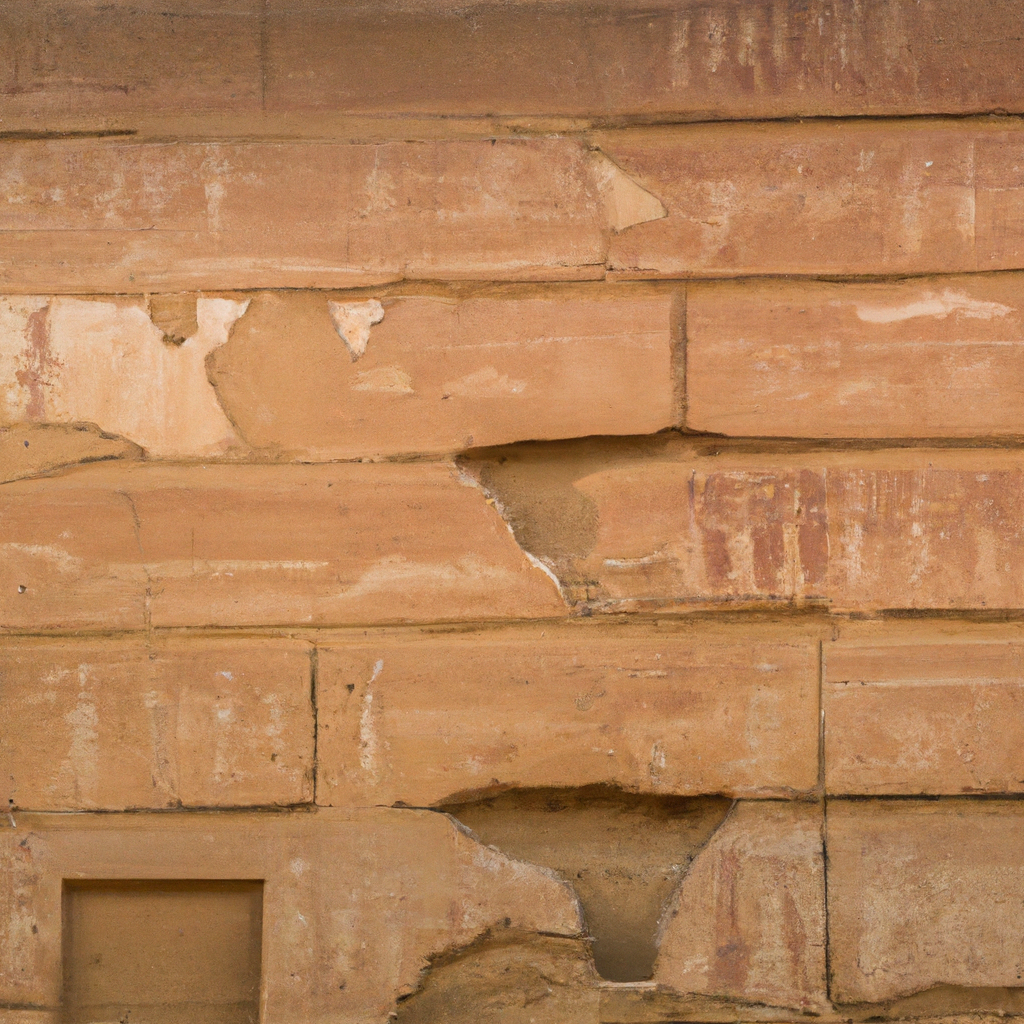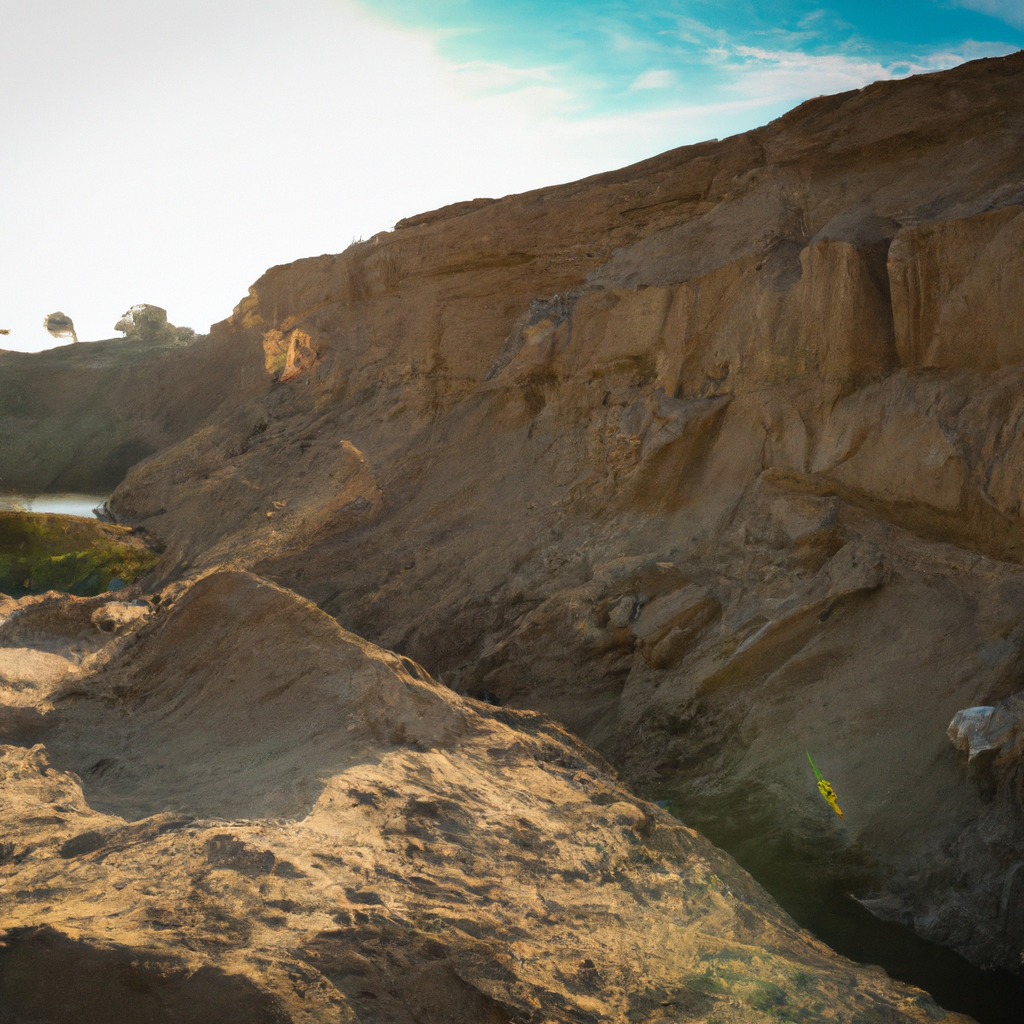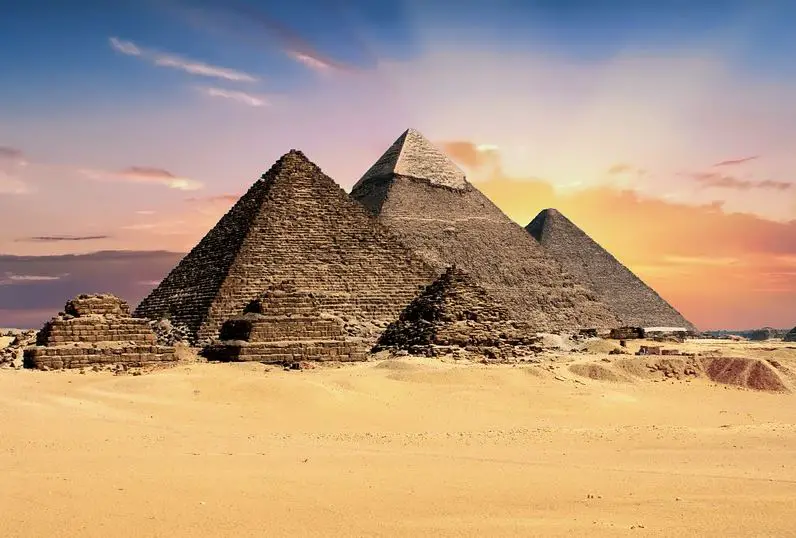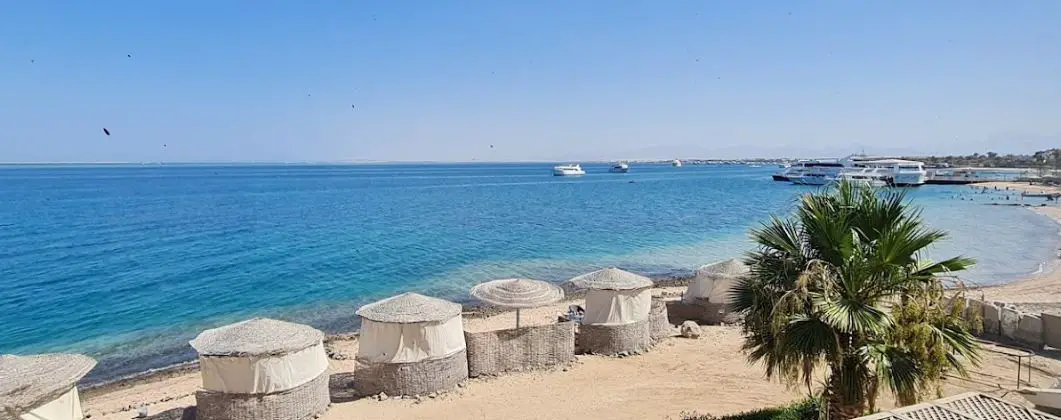Temple of Philae in Aswan In Egypt: Overview,Prominent Features,History,Interesting facts
Overview:
The Temple of Philae is an ancient stone temple located on the island of Philae in southern Egypt. It was constructed during the Greco-Roman period around 300 BC. It was dedicated to the goddess Isis, the goddess of health and fertility. The temple is considered to be a symbol of the continuity of Egyptian civilization over many centuries. It was dismantled and reassembled on the nearby island of Agilkia to protect it from rising water caused by the construction of the Aswan Dam in the 1960s. It is one of the most beautiful monuments in Egypt
Prominent Features:
The Temple of Philae in Aswan, Egypt is one of the most famous and beautiful temples in the world. It was built during the Ptolemaic dynasty, which lasted for nearly four centuries, ending with the death of Cleopatra in 30 BC. It is located on an island on the Nile River and was dedicated to the goddess Isis and other gods and goddesses. The temple was built in two stages, the core temple complex being completed during the reign of Ptolemy II (285-246 BC). The exterior buildings and decorations were added during the Roman period ( c.100 BC to c. AD 400). The temple is renowned for its breathtakingly intricate carvings, beautiful reliefs and colorful murals; all of which remain in excellent condition. The temple is now a UNESCO World Heritage Site. You can learn history, culture, and heritage through these magnificent monuments in Egypt.
History:
The Temple of Philae in Aswan, Egypt, was built during the Ptolemaic Dynasty, sometime during the 3rd century BC, and was dedicated to the goddess Isis. It was built on an island in the Nile, on what was originally called Philae Island, and was named after the nearby temple complex of Philae. It is believed that the temple was once part of a larger complex of temples, perhaps dedicated to Osiris. During the Roman period, the temple was renovated and enlarged, and eventually became a popular site for pilgrims and tourist alike. After the fall of the Roman Empire, the temple was neglected and fell into disrepair, with the flooding of the Nile and the erosion of the island forcing the temple to become submerged. It was not until 1875 that the temple was rediscovered, and the numerous monuments, monuments and inscriptions belonging to the Temple of Philae were documented and recorded. In the early 20th century, the area of the temple was threatened by the completion of the Aswan Dam, as it would be submerged by the artificial lake created. This led to a large restoration project in the late 1960s, with the temple being moved to Agilkia Island in an effort to save it from destruction. In 1980, the temple became a UNESCO World Heritage Site. Today, the temple is open to the public and is a popular tourist destination in Aswan. Inside the temple complex is the Nilometer, an ancient measuring device used to measure the rising and falling of the Nile. There are also numerous temples, chapels and other monuments dedicated to the gods, goddesses and rulers of ancient Egypt, many of whom are shown in the reliefs that cover the walls of the temple. Visit one of the famous monuments of Egypt with your friends and family.
Interesting facts:
1. The Temple of Philae was a center of pilgrimage for more than two thousand years, from the time of the pharaohs to the Byzantines and early Christians. 2. The temple complex consists of two granite temples, a kiosk, and two pylons, and is connected by several stone causeways. 3. The Temple of Isis has the oldest known water clock in Egypt, dating back to the First Intermediate Period in the 10th century BC. 4. The Temple of Philae is believed to be the last temple dedicated to the goddess Isis before Christianity began in Egypt. 5. It is one of the few temples to survive the Roman emperor Diocletian’s persecution of pagans in the 4th century. 6. The temple is decorated with some of the best-preserved reliefs from the Greco-Roman period, including illustrations of Cleopatra, Ptolemy XII, and Augustus, among others. 7. The Temple of Philae was declared a World Heritage Site by UNESCO in 1979. 8. Before its relocation, the Temple of Philae was flooded for six months each year due to Egypt’s high annual floodwaters. 9. The temple was moved to higher ground in the 1970s due to the construction of the Aswan High Dam. 10. The temple complex is an example of Ancient Egyptian architecture, with colorful hieroglyphs and relief sculptures which depict various gods and goddesses. One of the historical monuments of Egypt, it tells the story of a bygone era
Explore Egypt most popular tourist destination with us. Temple of Philae in Aswan In Egypt: Overview,Prominent Features,History,Interesting facts,which is 35.14 km away from Egypt main town, is the most popular destination to add in your travel wishlist.
-
City:
Egypt
-
state:
Egypt
-
country:
EG
-
country code:
Egypt
-
postcode:
84511
Location:
Egypt EG
